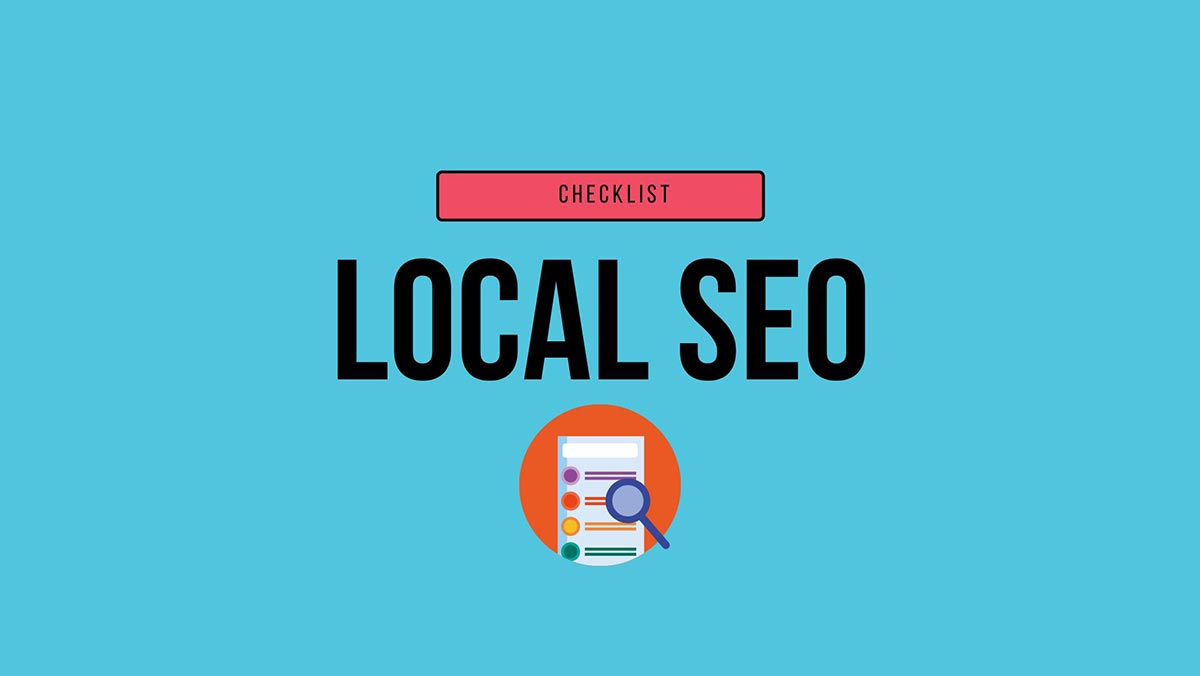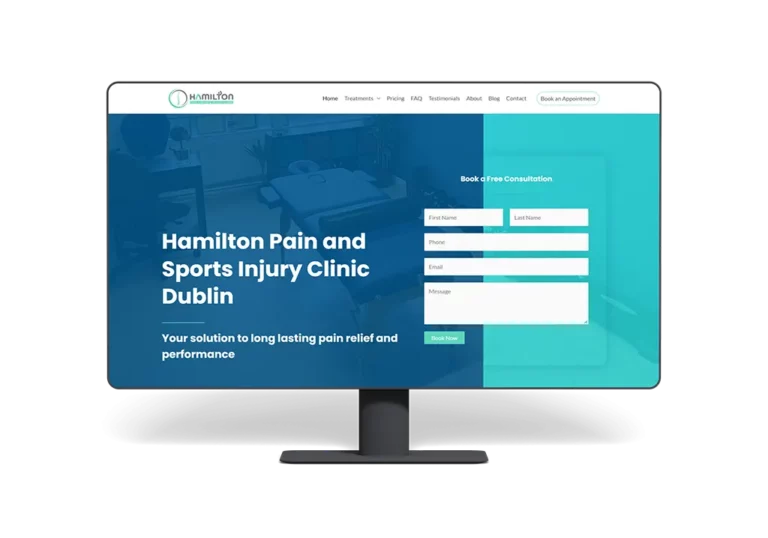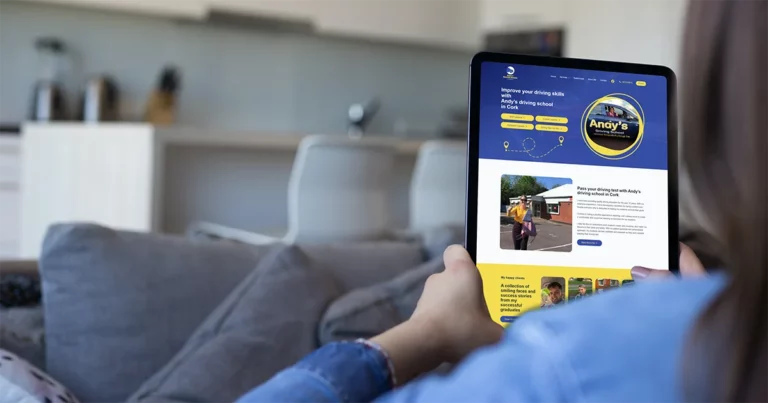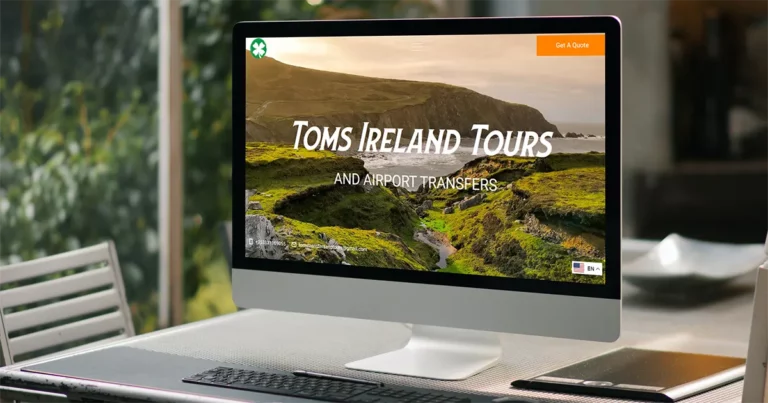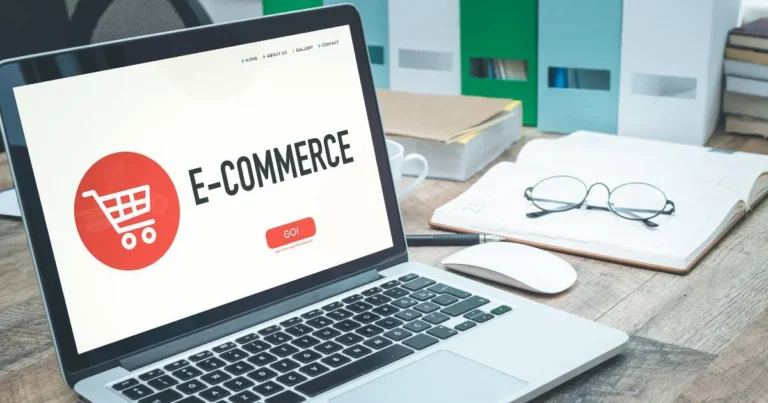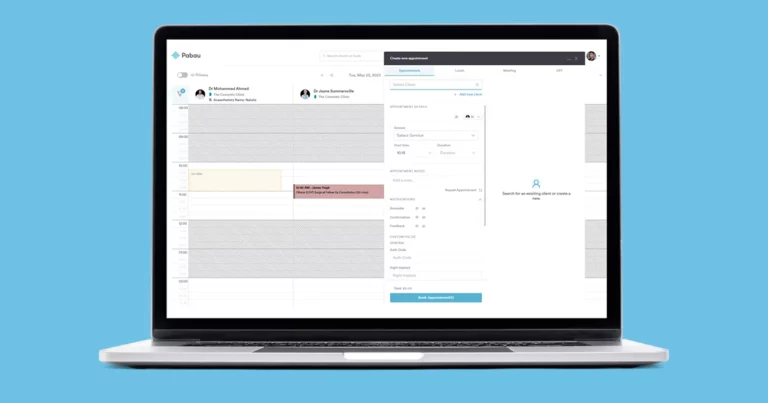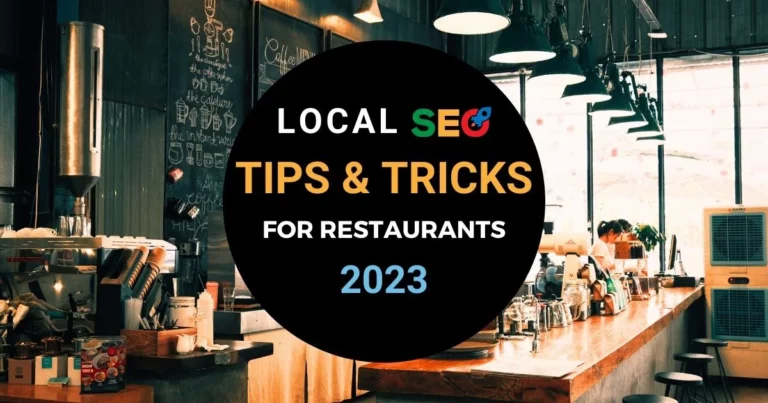Optimize Your Google My Business
Google My Business is a free and easy-to-use tool for businesses to manage their online presence across Google, including Search and Maps. By verifying and editing your business information, you can both help customers find you and tell them the story of your business.
To get started, sign up for a free account with Google My Business. Once you’re signed in, you can add or claim your business listing. Be sure to complete all of the required fields and add as much information as possible, including photos, hours of operation, products and services offered, etc.
After your listing is verified and live on Google, be sure to keep it up-to-date with any changes to your business information. You can also use this platform to interact with customers by responding to reviews and messages.
Get Reviews
Make sure you’re getting reviews from your happy customers! Reviews are a key part of local SEO, and can help your business stand out in search results.
Encourage your customers to leave reviews by asking them directly, or providing links to review sites like Google My Business or Golden Pages. Make it easy for them to leave a review by creating a process that is simple and straightforward.
Incentivizing customers to leave reviews can also be helpful – offer a discount or coupon code in exchange for a review, or enter customers into a drawing for a chance to win a prize.
Showcase your positive reviews on your website and social media pages – this will not only help with SEO, but also show potential customers that you’re a business worth patronizing. Responding to negative reviews is also important – thank the customer for their feedback and take action to remedy the situation if possible.
Use SEO-Friendly URLs
One of the most important aspects of local SEO is to make sure your website is using SEO-friendly URLs. This means that your website’s URL structure should be designed in a way that makes it easy for search engines to understand what your website is about.
Your URLs should be short and descriptive, and they should include your target keyword for the page. For example, if you’re trying to rank for the keyword “plumber in Dublin”, then your URL should look something like this:
www.example.ie/plumber-in-dublin
This URL structure tells search engines exactly what your website is about, and it will help you rank higher in the search results for your target keyword.
Get Backlinks, Get Referrals
In order for your local SEO campaign to be successful, you need to focus on getting high-quality backlinks and referrals from other local businesses. Here are some tips on how to do this:
1. Reach out to other local businesses in your niche and see if they’re interested in exchanging links. This can be done via email, social media, or even in person.
2. Make sure your website is listed on relevant local directories and review sites. This will help potential customers find your business when they’re searching online.
3. Ask satisfied customers to leave positive reviews of your business on popular review sites like Google and Golden Pages. These reviews can help attract new customers and improve your search engine rankings.
4. Make it easy for people to share your website and content with social media buttons and plugins. This will help increase your reach and get more people talking about your business online.
By following these tips, you can generate high-quality backlinks and referrals that will boost your local SEO efforts and help you attract more customers.
Utilize Social Media
As a local business, it’s important to make sure you’re utilizing social media to its full potential in order to reach your target audience. Here are some tips for using social media effectively for local SEO:
-Make sure your business is present on all major platforms, including Google My Business, Facebook, Twitter, and Instagram.
-Encourage customers to leave reviews on your all suitable platforms.
-Post regularly and share engaging content that will encourage people to follow you and learn more about your business.
-Use relevant hashtags and location tags when posting so that people in your area can find you easily.
-Interact with other local businesses and build relationships with influencers in your industry.
Don’t Forget Schema
Schema is a code that you can add to your website to help search engines understand your content. It can be used to mark up things like your business name, address, phone number, and opening hours. Adding schema to your website can help your business show up in more search results, and can also help you get richer results (like reviews and ratings).
If you’re not sure how to add schema to your website, there are plenty of resources online that can help you get started. Once you’ve added schema to your website, be sure to test it using Google’s Structured Data Testing Tool. This tool will let you know if there are any errors in your code, and will also give you some example rich results that you could potentially get.
Leverage the Power of Google Maps
As the world’s most popular mapping platform, Google Maps is an essential tool for businesses looking to optimize their local SEO. By creating and verifying a business listing on Google Maps, you can make your business more visible in search results and reach potential customers in your local area.
In addition to creating a listing, there are a few other things you can do to optimize your presence on Google Maps. For example, you can add photos and videos to your listing to give potential customers a better idea of what your business has to offer. You can also encourage customers to leave reviews on your listing, which can help improve your ranking in search results.
If you’re not already using Google Maps to promote your business, now is the time to start. By taking advantage of this powerful tool, you can reach new customers and grow your business.
Know Your Keywords and Key Phrases
As a business owner, it’s important to know which keywords and key phrases potential customers are using to find businesses like yours online. This will help you tailor your website and local SEO efforts to ensure you’re being found by your target audience.
There are a few different ways to research keywords and key phrases. One is to use Google’s Keyword Planner tool, which is part of their Google Ads platform. To use this tool, you’ll need to create a free Google Ads account. Once you’re logged in, go to Tools > Keyword Planner.
Another way to research keywords is to simply use Google search. Enter a few relevant terms related to your business and see what comes up. Pay attention to the suggestions that appear in the drop-down menu when you start typing – these are popular searches related to your original query. You can also take a look at the ads that appear on the results page – these are businesses that have paid for their listing to appear here, so they must be doing something right!
Once you’ve identified some potential keywords and key phrases, it’s time to start incorporating them into your website content. Use them naturally throughout your site, including in your titles, headings, meta descriptions, and body copy. Remember not to stuff your keywords – this will only result in poor quality content that will hurt your chances of ranking well in search results.
Don’t Forget About Mobile Optimization
Mobile devices are everywhere these days. And that means your potential customers are using them to search for businesses like yours. If you want to make sure they can find you, it’s important to optimize your website for mobile devices. Here’s a checklist of things to do to make sure your site is ready for mobile searchers:
1. Make sure your site is responsive. This means it will resize itself to fit any screen size, from a tiny phone screen up to a large desktop monitor.
2. Use large, easy-to-tap buttons and links. Small links and buttons can be hard to click on a small screen, so make sure your site’s buttons and links are big enough to be easily tapped.
3. Simplify your navigation menu. A long, complicated navigation menu can be tough to use on a small screen. So simplify it by grouping together similar items or by eliminating unnecessary items altogether.
4. Use plenty of white space. White space around your content makes it easier to read on a small screen. So use plenty of headings, subheadings, and bullet points to break up your text and help guide the reader’s eye through your content.
5. Include only the most important information on your home page. Don’t try to cram everything onto your home page – that will just make it harder for mobile visitors to find what they’re looking for. Instead, focus on putting the most important information front and center.

